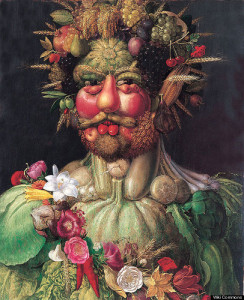A hallucination is defined as a sensory perception in the absence of any external stimulus, and is experienced objectively by the young person eg. they see it and you don’t. Hallucinations occur in any of the five senses, although auditory (hearing) and visual (sight) hallucinations are the most frequently observed. Auditory hallucinations are typical of psychosis and symptoms such as ‘voices talking about the young person’ and ‘hearing one’s thoughts spoken aloud’ are indicative of schizophrenia, whereas second-person hallucinations such as ‘voices talking to the young person threatening or insulting or telling them to commit suicide’, may be symptomatic of psychotic depression or schizophrenia. Visual hallucinations are more likely suggestive of organic conditions such as epilepsy, drug intoxication or drug withdrawal.
An illusion is defined as a false sensory perception in the presence of an external stimulus, in other words a distortion of a sensory experience, and may be recognized as such by the subject. The best example I can think of is mime artist or the visual illusions of Giuseppe Arcimboldo. The old adage that your eyes play tricks on you is no more true than when we think of illusions. Illusions in themselves are not necessarily an indicator of mental illness but could mean a physical disorder or intoxication.
 |
| One of Giuseppe Arcimboldo’s illusions |
A pseudohallucination is experienced in an internal or subjective space such as ‘voices in my head’ and is regarded as akin to fantasy. Other sensory abnormalities include a distortion of the young persons sense of time, for example déjà vu, or a distortion of the sense of self (depersonalization) or sense of reality (derealization). These symptoms could be suggestive of dissociative disorders, epilepsy or brain damage.

